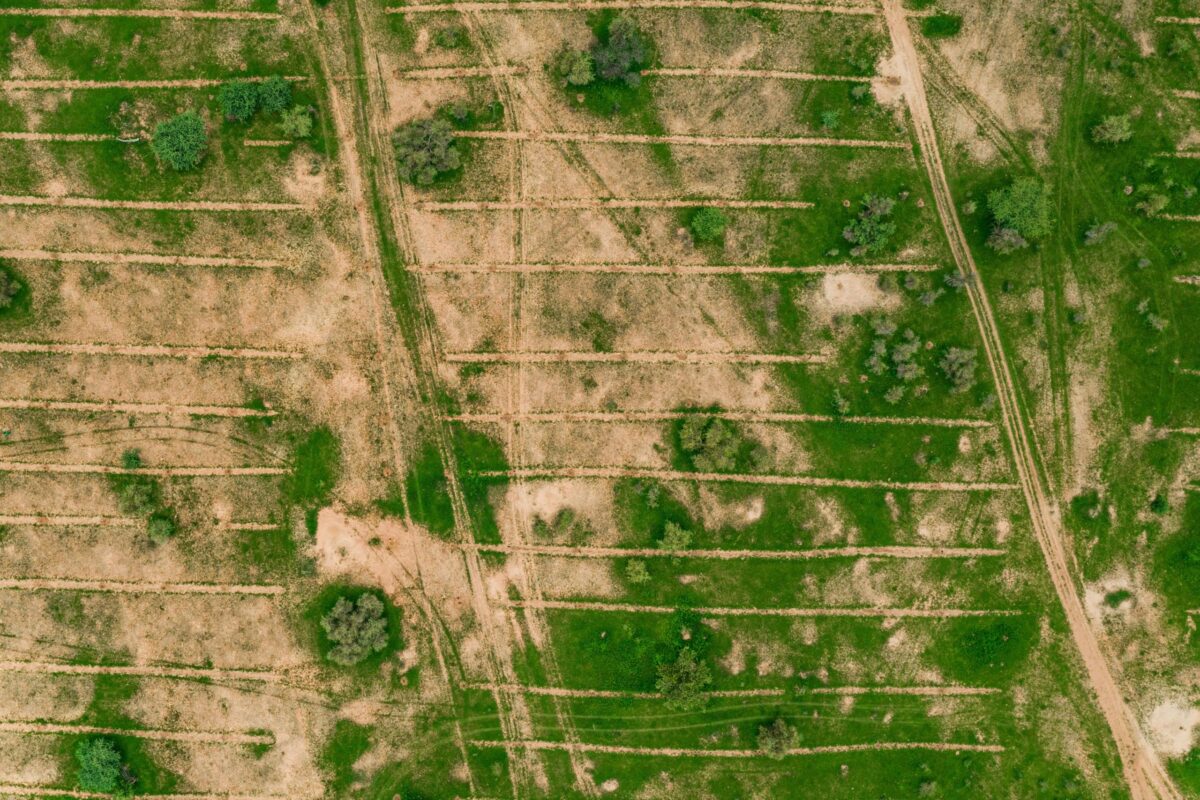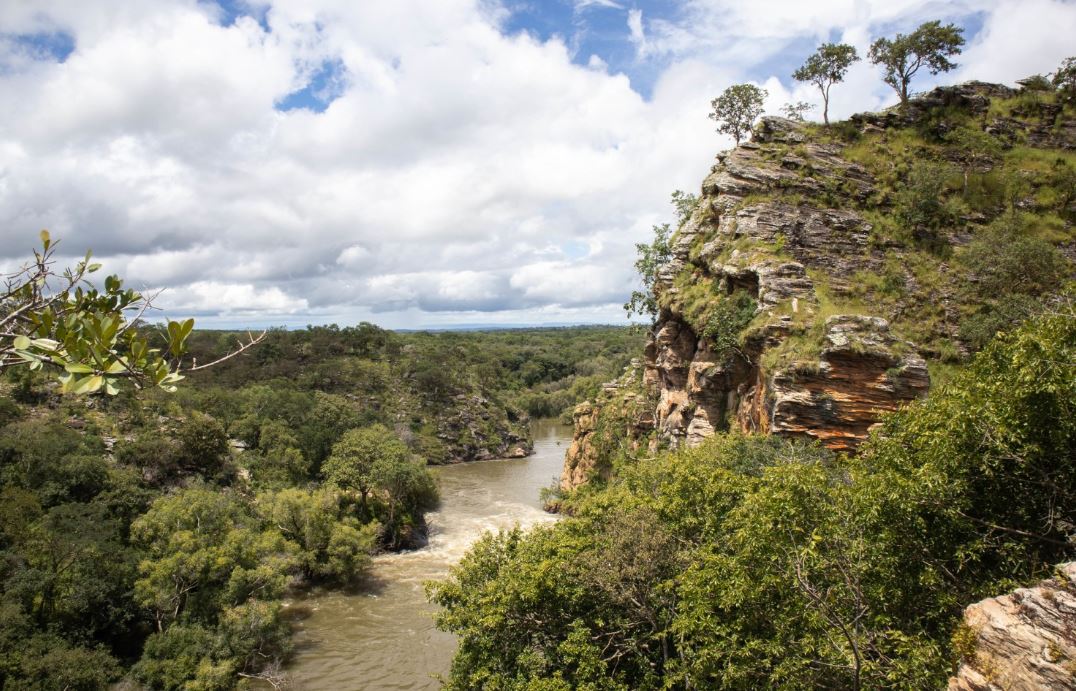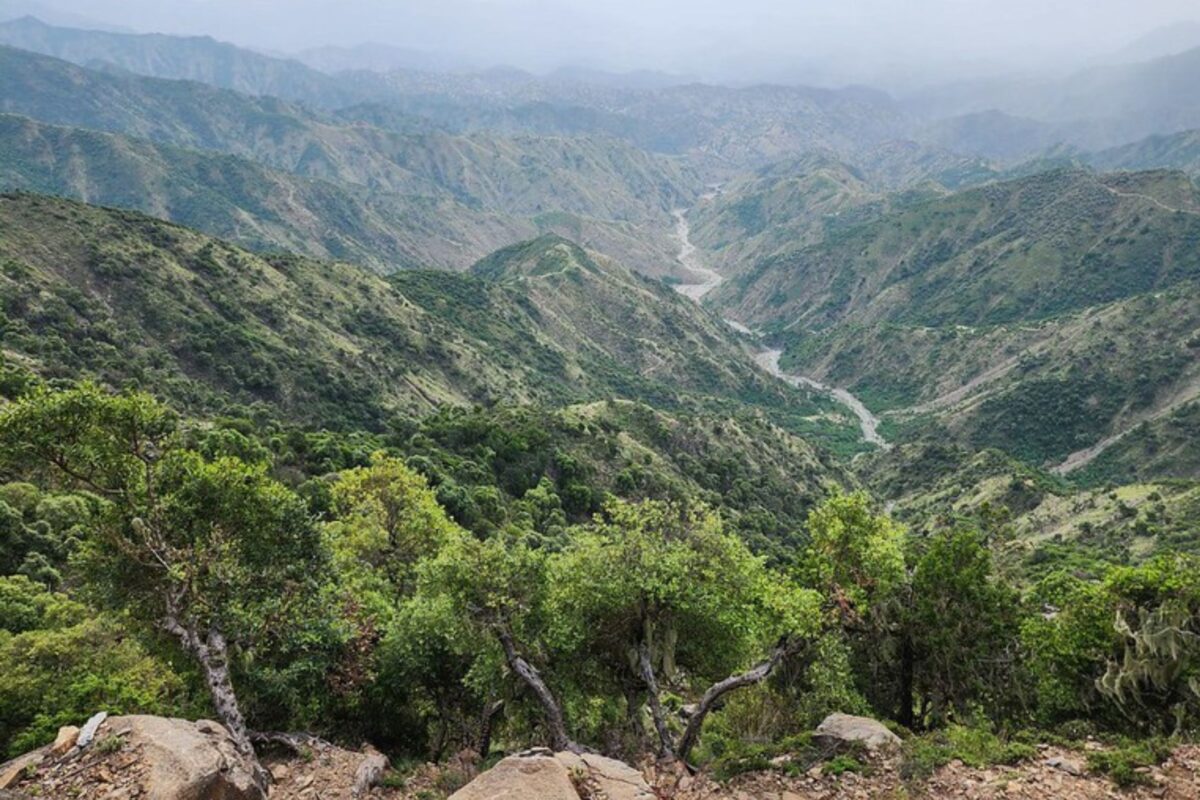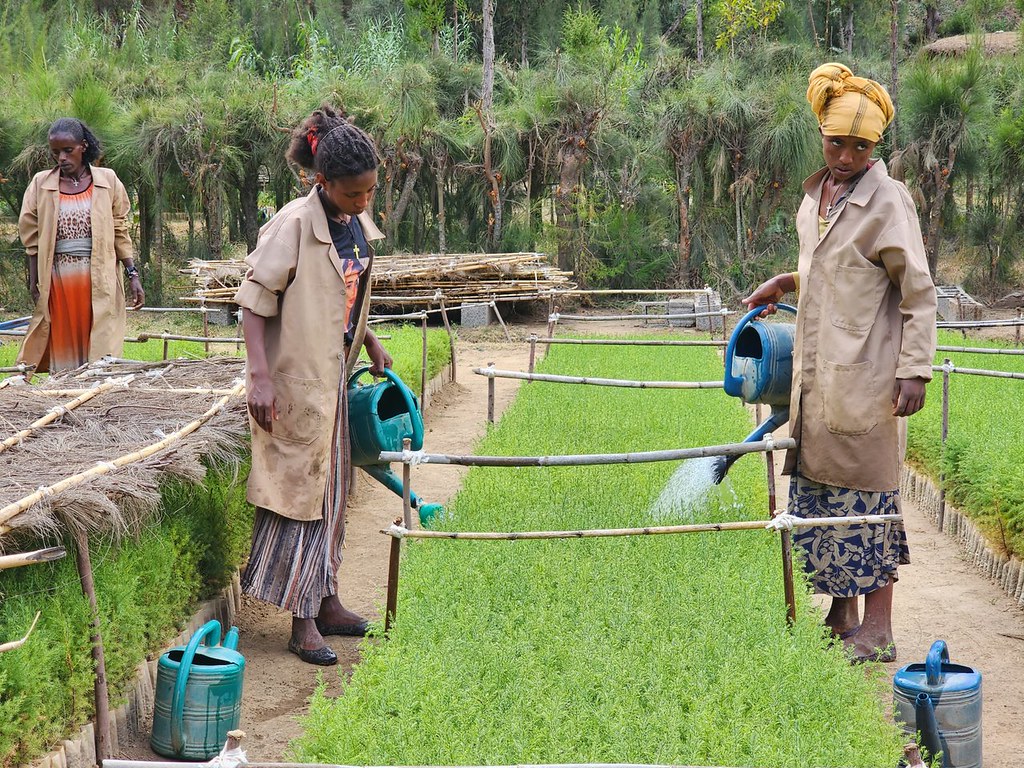Publication summary of W. Griscom et al., PNAS (full link here), September 5, 2017
Better stewardship of land is needed to achieve the Paris Climate Agreement goal of holding warming to below 2 °C; however, confusion persists about the specific set of land stewardship options available and their mitigation potential. To address this, we identify and quantify “Natural Climate Solutions” (NCS): 20 conservation, restoration, and improved land management actions that increase carbon storage and/or avoid greenhouse gas emissions across global forests, wetlands, grasslands, and agricultural lands.
We find that the maximum potential of NCS—when constrained by food security, fiber security, and biodiversity conservation—is 23.8 petagrams of CO2 equivalent (PgCO2e) y−1 (95% CI 20.3–37.4). This is ≥30% higher than prior estimates, which did not include the full range of options and safeguards considered here. About half of this maximum (11.3 PgCO2e y−1) represents cost-effective climate mitigation, assuming the social cost of CO2 pollution is ≥100 USD MgCO2e−1 by 2030. Natural climate solutions can provide 37% of cost-effective CO2 mitigation needed through 2030 for a >66% chance of holding warming to below 2 °C. One-third of this cost-effective NCS mitigation can be delivered at or below 10 USD MgCO2−1.
Most NCS actions—if effectively implemented—also offer water filtration, flood buffering, soil health, biodiversity habitat, and enhanced climate resilience. Work remains to better constrain uncertainty of NCS mitigation estimates. Nevertheless, existing knowledge reported here provides a robust basis for immediate global action to improve ecosystem stewardship as a major solution to climate change.
Read more.














